Is Sulfate Bad for Your Hair? Pros Reveal What Hair Care Ingredients Are Best To Avoid
Know what you're putting on your hair
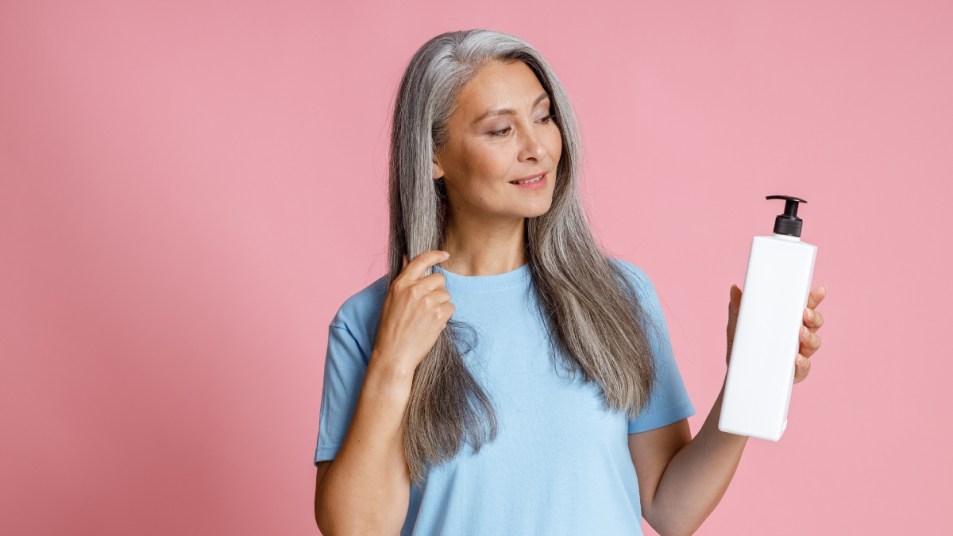
With so many shampoo, conditioner and hair styling products lining the shelves in stores’ hair care aisles, it can be overwhelming to choose which products are best for you. And with a laundry list of ingredients to navigate through, making a decision can be even more difficult. From ingredients like sulfates, silicones and more, it’s hard to know what you should choose and what you should avoid. That’s why we turned to hair pros to ask them your most pressing questions like is sulfate bad for your hair, is silicone good for hair and what ingredients help with hair loss and reverse damage. Keep reading get the 411 on hair care ingredients.
The most common ingredients found in hair products
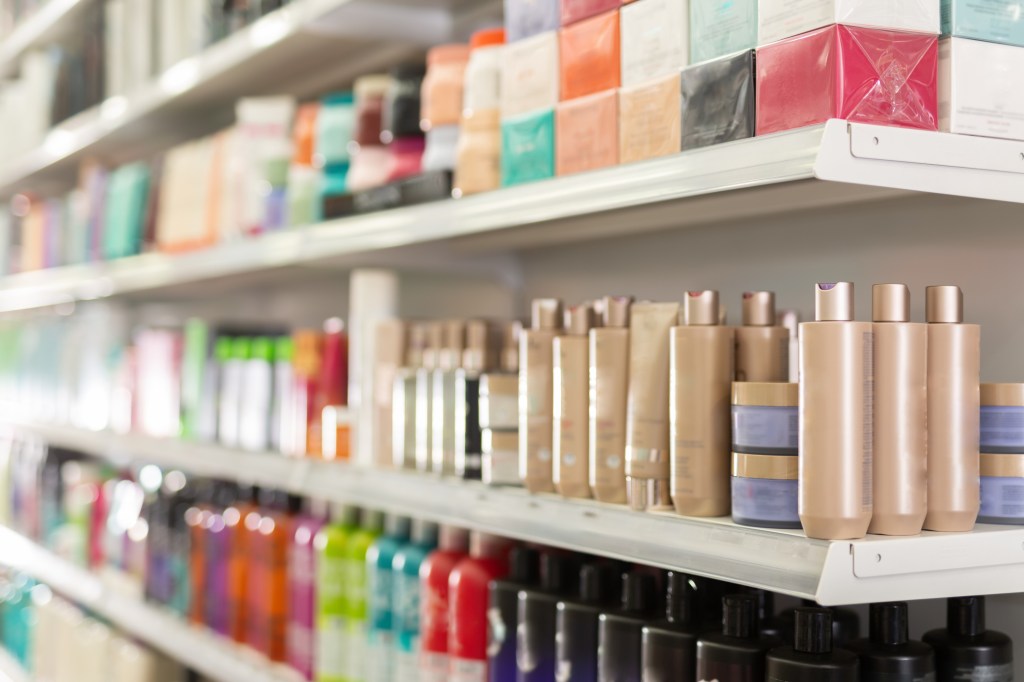
There’s been a lot of research done in the beauty industry on ingredients — what does what and which ones are “good” or “bad” for hair. Understanding these ingredients and their advantages and disadvantages is crucial to feeling confident about the hair care you purchase.
“Shampoo that is sold in most hair salons is composed of 10-30 ingredients,” says trichologist Penny James of Penny James Trichology Center. “Cleaning agents and additives stabilize the product, conditioning properties create shine and manageability, reduce static and stop tangles along the hair shaft, and special ingredients suppress oiliness and dandruff.” She adds that “even though shampoo is a ‘safe’ product, some shampoos have more chemicals added, which will cause irritation on the scalp, leading to dermatitis on the skin.”
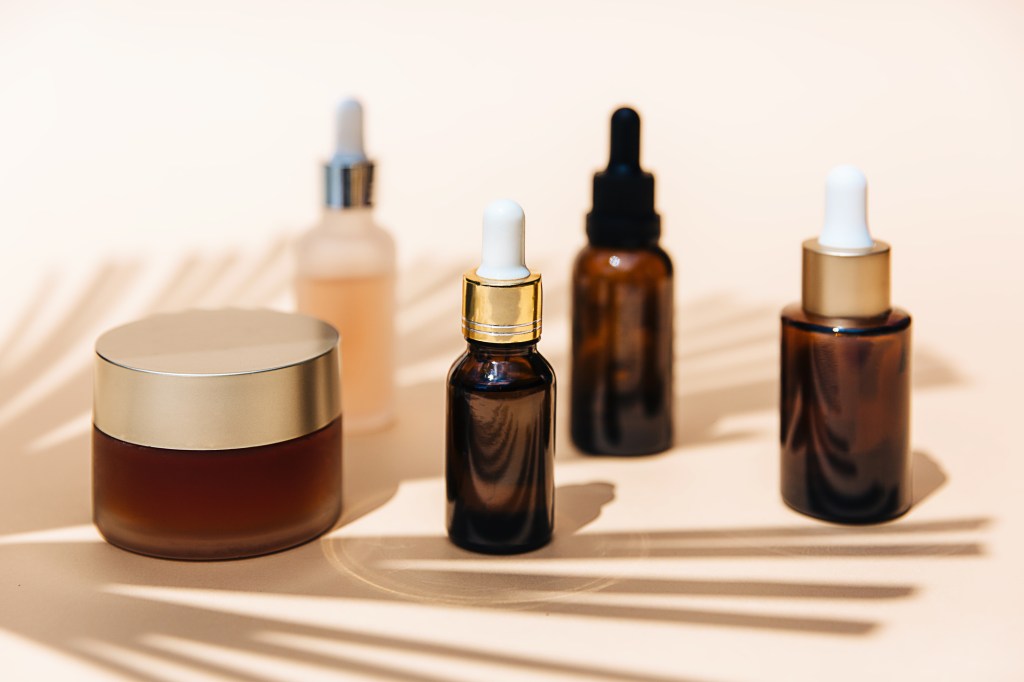
Below are some common hair care ingredients you may already be familiar with and what they do.
1. Sulfates
Sulfates are chemicals containing sulfur mixed with metal and/or hydrogen ions. In hair products, they are typically used to make it easier for shampoo to mix with water and foam. “Using sulfates is going to leave the hair feeling very clean/over-cleansed in most instances,” says Jay Small, celebrity hairstylist and co-founder of Arey.
2. Silicones
These man-made polymers consist of alternating silicon and oxygen bonds with at least one organic group attached to the silicon atom via a direct carbon-silicon bond, according to Global Silicones Council. They are used to coat the shaft of the hair, which “smooth the cuticle and get rid of frizz,” says James. Silicones are also often what creates that silky, smooth finish on the hair.
3. Dimethicone
This is a silicone-based polymer. It is “used in conditioner to lock in moisture needed to keep the hair shaft supple and add manageability to the hair strands,” explains James.
4. Parabens
Parabens are chemical compounds that are commonly used as preservatives in hair products, according to the Food and Drug Administration (FDA).
5. Phthalates
These chemical compounds are used to create flexibility in plastics. For example, they are often used in hairspray to create a more flexible film on strands, says the FDA.
Which ingredients are bad for hair?
Now that you know the common ingredients found in hair products, which ones should you typically try to avoid? Unfortunately, the answer to this will look different for everybody. There isn’t a one-size-fits-all when it comes to the products that work and don’t work. It depends on a variety of factors, such as hair density, how often you wash your hair, etc. However, there are a few ingredients — or types of each ingredient — that you should overall try to stay away from. Keep scrolling to find out which ingredients you should steer clear of.
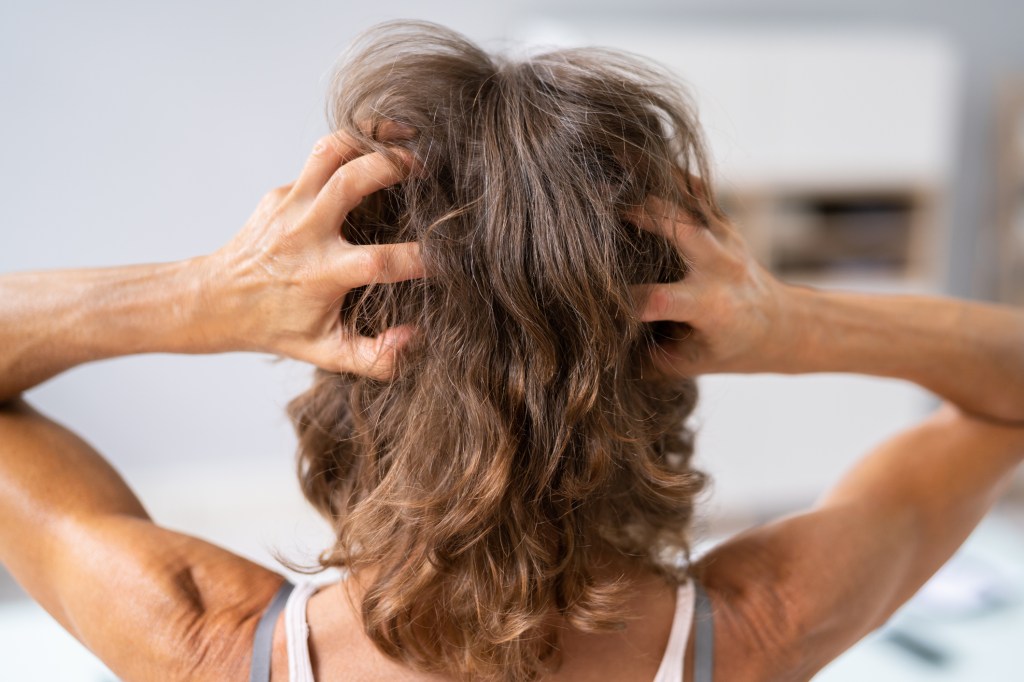
Is sulfate bad for your hair?
There has been a lot of buzz around sulfates in the past few years, and debates on its safety. “Contrary to [popular] belief, not all sulfates are bad for the hair,” says James. “Sulfates are cleaning agents and substitute soap. They move through the rheologic attachment effects that glue impurities and residues to the hair.” She adds that “sulfates dissolve these impurities, stopping them from attaching to the hair shaft and scalp.” And “the purpose of shampoo is to clean the hair and scalp,” which is what sulfates do.
So, which types of sulfates are better for your hair, and which are worse? James says that the two types of sulfates you should know about are Sodium Lauryl Sulfate (SLS) and Ammonium Lauryl Sulfate (ALS). SLS often causes irritation and inflammation on the scalp, which can lead to unwanted frizz. While ALS is much more gentle, and “cleans the hair and scalp without causing irritation or frizz along the hair shaft,” she says. ALS is also non-drying to strands, which is why James recommends shampoos for to her clients that contain this type of sulfate.
Additionally, “sulfates are seen as a bad ingredient because of what they are made from, possible contaminants and what rinsing the ingredients down the drain could be doing to the marine environment,” explains Small. “Beyond these concerns, sulfates have been associated with varying degrees of irritation to skin and eyes.”
Are silicones, specifically dimethicone, bad for hair?
Silicone can be OK to use in short-term use, but long-term use is not recommended. “Regarding hair, silicones are meant to smooth the cuticle and get rid of frizz,” says James. “Long-term use will lead to dull-looking hair. The silicone attaches to the hair and breaks rather than dissolves, leaving hair feeling brittle and dry.”
“The haircare industry used [silicones] for years because they make your hair feel smooth and detangled almost instantly,” says Small. “The problem is that most of them have negatively-charged ions, which means they can ‘stick’ to each other and cause build up on the hair.”
Plus, silicones can be detrimental to the environment, which James says is her biggest issue with the ingredient. “They are not readily biodegradable and can accumulate in water sources.” With so many great clean, biodegradable ingredients now available on the market, it’s even easier to avoid using silicones.
And when it comes to dimethicone, a type of silicone, its main concern is that it can cause irritation to the scalp. It is hydrophobic, “meaning it repels water,” claims James, which traps in moisture into strands. However, “There is an exception called amodimethicone, which is different from the popular dimethicone. Amodimethicone holds a positive charge, which prevents this ingredient from sticking to itself and building up over time,” explains Small. “There are many clean conditioners that use this ingredient for its hair benefits and because it will not build up over time like dimethicone or other silicones.”
Are parabens and phthalates damaging to hair?
Parabens’ and phthalates’ main purpose is to increase the longevity of the hair product. Like makeup, keeping a product for too long can cause it to not work effectively and can even be damaging. “Both [parabens and phthalates] are effectively designed to improve shelf life — similar to food, anything that can live too long may not be the best choice for our body,” warns Small.
Which ingredients are good to use on hair?
Again, this is not a one-size-fits-all answer, but below are some typically “safe” ingredients to use on your hair. “Antioxidants, naturally derived extracts and peptides can all be very beneficial to your hair and scalp,” suggests Small. Below are some more “good” hair care ingredients to look for.
1. Natural oils
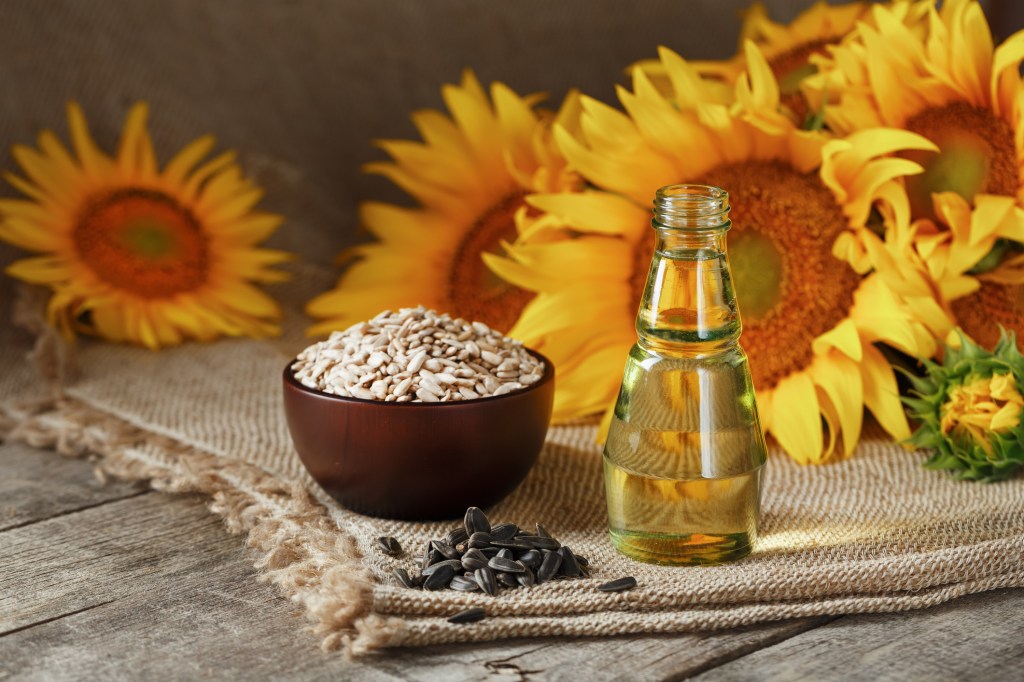
Natural oils have been used for decades to nourish, moisturize and detangle hair. Some of our favorite oils to look for in hair products are avocado oil to prevent breakage, argan oil to increase hair elasticity, sunflower seed oil to nourish brittle hair and castor oil to promote hair growth.
2. Proteins
Proteins are essential to hair health because they create strong and durable hair bonds. If your hair is in need of some extra protein, try a rice water rinse, keratin treatment or collagen mask.
3. Vitamins
Sometimes, our body lacks vitamins, therefore causing our hair to lack the essential vitamins it needs. It’s easy to restore those vitamins back into hair though, like by using a biotin conditioning treatment to promote hair growth. Or, try products made with vitamin B5 (also known as calcium pantothenic acid) for moisture and hydration or vitamin E, which is an antioxidant that keeps hair and the scalp healthy.
What products can help reverse damage and hair loss?
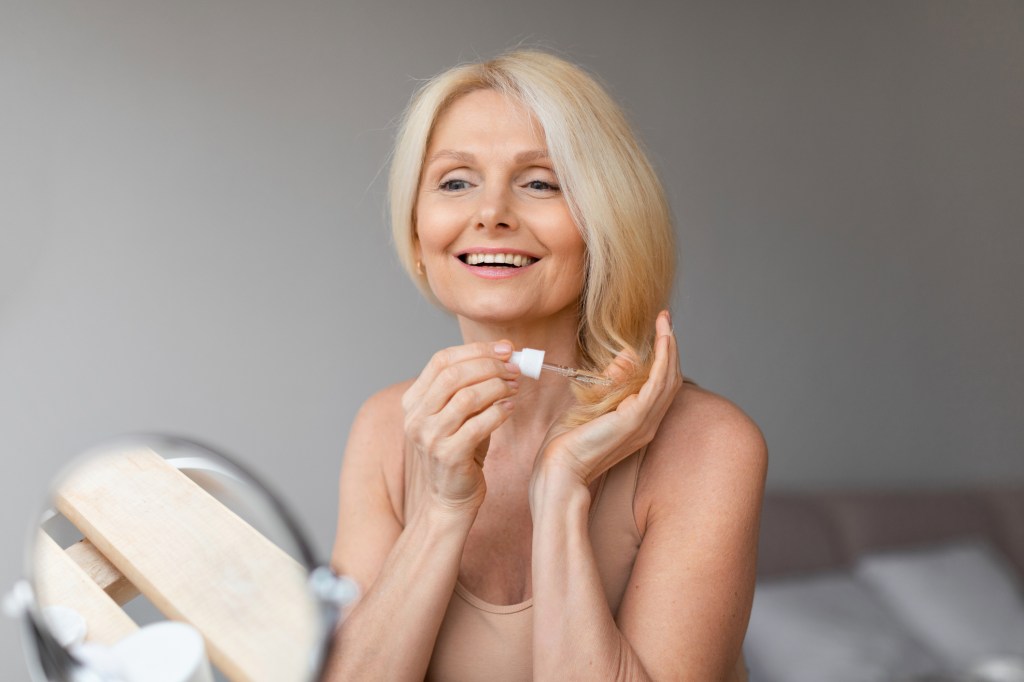
Unfortunately, using the wrong ingredients for your hair can cause damage, including breakage, hair loss and other problems. Plus, aside from using “bad” ingredients, our hair can fall out due to age, hormones, environment, etc. Here, the products made with “good” hair-nourishing ingredients for your healthiest head of hair.
One option for restoring hair thickness and health is Curology’s Hair FormulaRx . It contains growth-boosting minoxidil and finasteride, anti-fungal ketoconazole, scalp-cleansing spironolactone, hair follicle-stimulating caffeine and antioxidant-rich melatonin so hair and the scalp are healthy.
And another hair-safe option is Arey Shower Duo. This set is formulated with hair-nourishing ingredients like antioxidants, peptides, caffeine and biotin that all work together the repair damage and promote healthy hair growth.
For more hair care tips and tricks, click through these stories:
Is Dry Shampoo Bad for Hair? Experts Weigh In + How to Pick the Best One for You
Hair Cycling Is the TikTok Trend That Can Make Your Hair Look Healthy, Shiny and Full
Scalp Brush Benefits: How This Inexpensive Tool Can Help Regrow Thinning Hair




















